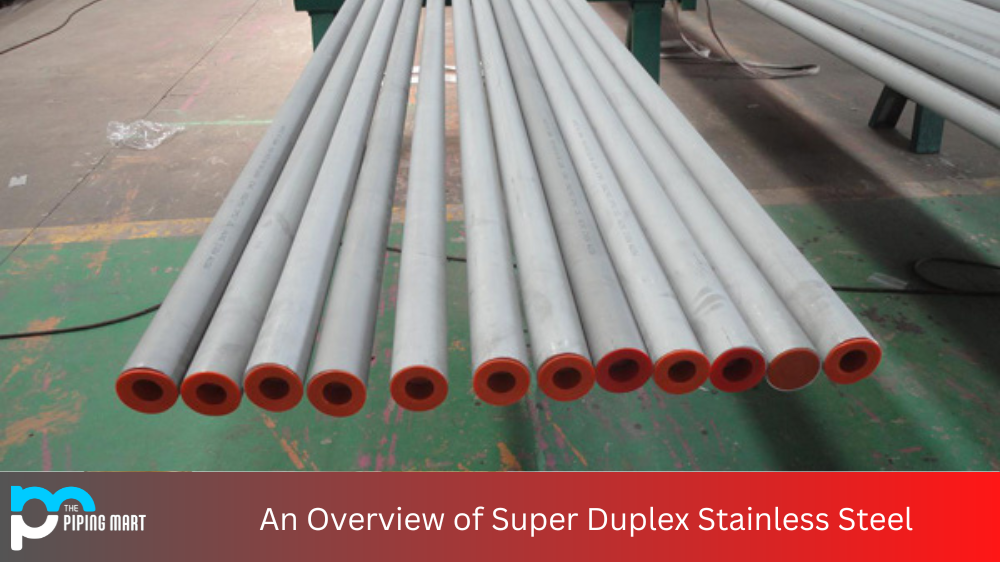Gold has long been viewed as a safe haven for investors looking to diversify their portfolios. Its scarcity and enduring value make it an attractive asset for individuals and institutions alike. But before investing in Gold, it’s important to understand the advantages and disadvantages of this precious metal. Let’s take a look at some of the pros and cons of investing in Gold so you can make an informed decision.
Advantages of Gold
One of the primary advantages of investing in Gold is its low correlation to other asset classes. This means that when stocks are down, Gold often rises, helping investors protect their wealth during uncertain times. Gold is also considered a “safe-haven” asset that has held its value over time, making it an attractive option for investors looking for long-term gains or who want to protect their portfolios from market volatility.
Gold also carries tax advantages compared to other investment options. In certain jurisdictions, such as the United States, investments in physical Gold are exempt from capital gains taxes if they are held for more than one year (this does not apply to ETFs or other forms of gold investments). Finally, because physical Gold is not subject to inflation or government manipulation, it can provide investors with stability and security during times of economic uncertainty.
Gold is a valuable commodity.
The price of Gold is constantly rising and falling, but it has always been worth a lot of money. This makes it a great investment, as you can be sure that the value of your Gold will stay high for a while.
Gold is durable.
Gold does not corrode or tarnish over time, which means it will retain its beauty and value for many years.
Gold is malleable.
Gold can be hammered into thin sheets or drawn into wire without breaking, which makes it very versatile.
Gold is non-reactive.
Gold does not react with other elements, so it will not tarnish or corrode when exposed to air or water.
Gold is scarce.
There is a limited amount of Gold in the world, which makes it more valuable than other metals, such as silver or copper.
Disadvantages of Gold
While there are many advantages to investing in physical Gold, some downsides should be considered. For starters, the cost associated with buying and storing physical Gold can be high due to transaction fees and storage costs (for those who don’t store their own metal). Furthermore, if you need access to your money quickly—in case of an emergency—it may be difficult or impossible to liquidate your holdings without losing the sale price. Additionally, because gold prices tend to fluctuate wildly due to speculation or geopolitical events outside your control, timing your investment can be tricky; if you buy too late or sell too early, you could lose money rather than make profits on your investment.
Gold is a Non-renewable Resource
Gold is a non-renewable resource, which means that it can not be replaced once it has been used. This is in contrast to renewable resources, such as solar or wind power, which can be replenished. The limited supply of Gold means that it is a valuable commodity, and the price of Gold can fluctuate wildly depending on market conditions.
Gold Mining Can Be Harmful to the Environment
Gold mining is the process of extracting Gold from the ground. Unfortunately, gold mining can be harmful to the environment. The chemicals used in gold mining can leach into waterways and contaminate water supplies. In addition, gold mining can lead to deforestation, and habitat loss as large areas of land are cleared to make way for mines.
Gold Can Be Dangerous to Handle
While Gold is a beautiful metal, it is also dangerous to handle. Gold is a heavy metal; exposure to it can lead to health problems such as kidney damage. In addition, gold dust can be explosive, and workers in gold mines are at risk of being killed or injured by explosions.
Gold Can Be Difficult to Recycle
While recycling Gold is possible, it can be difficult to do so. Recycling Gold requires special equipment and expertise, which is often more expensive than mining new Gold. As a result, most recycled Gold ends up in jewelry or other products rather than being used in industry.
Conclusion
Investing in Gold can effectively diversify your portfolio and protect against market volatility; however, investors must understand both the advantages and disadvantages before committing any money to this precious metal. With proper research and understanding of the risks involved, individuals should feel confident in taking advantage of this unique opportunity offered by investing in physical Gold.

Abhishek is a seasoned blogger and industry expert, sharing his insights and knowledge on various topics. With his research, Abhishek offers valuable insights and tips for professionals and enthusiasts. Follow him for expert advice on the latest trends and developments in the metal industry.




